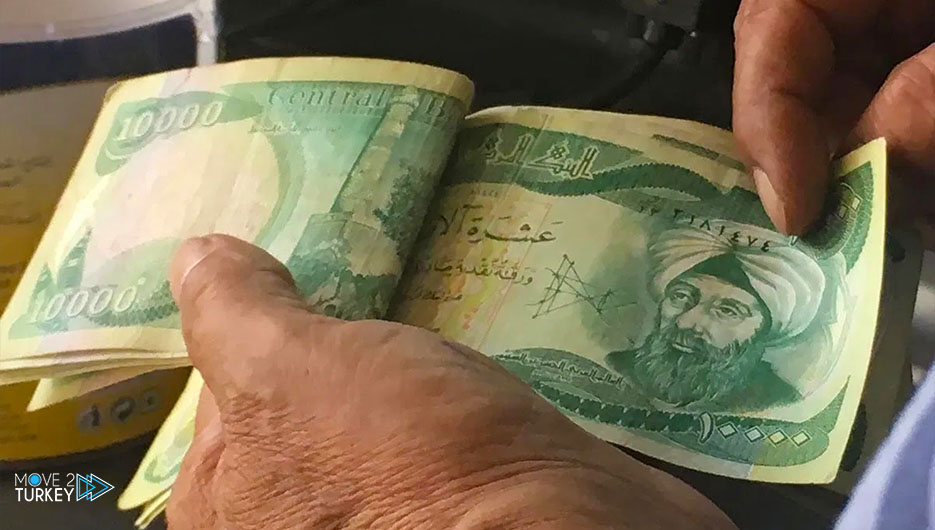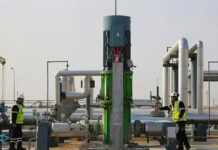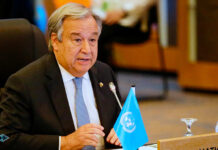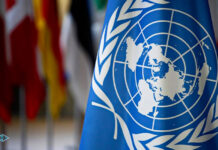
The Yemeni street is witnessing an escalation of discontent as a result of an accelerating collapse in the exchange rate of the local currency (the riyal) against the US dollar amid an official inability to stop the deterioration taking place.
-Advertisement-
During the past hours, the price of one dollar reached 1,000 Yemeni riyals for the first time in the country’s history, which led to an increase in prices, compared to 920 in transactions last week.
Before the war (2015), one dollar was sold for 215 riyals, but the repercussions of the conflict had negative repercussions on various sectors, including the currency.
Because of the decline in the local currency exchange rate, consumer prices in the local market rose to a record 20 percent last April (the latest available data), which threatens the expansion of poverty in the country.
Undersecretary of the Ministry of Information, Muhammad Qayzan, said in his Twitter account on Monday.
“The collapse of the currency, and the dollar exchange rate exceeding a thousand Yemeni riyals, is more dangerous and more lethal to the citizen than the Houthi bullets and missiles.”
-Advertisement-
Meanwhile, Yahya Qom, director of the Ministry of Information office in Al-Jawf Governorate (north), said that “the neutrality of the central bank in the collapse of the currency reminds us of the neutrality of the Ministry of Defense when the Houthis invaded the capital, Sanaa, and turned against state institutions.”
The legislature has also expressed its anger over the currency’s collapse, with Deputy Speaker of Parliament Saleh Basura saying:
“For the price of the dollar today to reach more than 1,000 riyals, it is a crime against the people.”
He added via Twitter today: “We have not seen any significant measures during the past months in light of the increasing collapse of the currency by the executive authorities, whether the government or the central bank management, we must remedy things.”
No official statement was issued by the government on the developments in the local currency exchange rates, but it had previously called for the provision of international financial support to stop the currency’s collapse.
-Advertisement-
For nearly 7 years, Yemen has been witnessing a war that has claimed the lives of 233,000 people.
And 80 percent of the population of about 30 million people depend on aid to survive in the world’s worst humanitarian crisis, according to the United Nations.






















